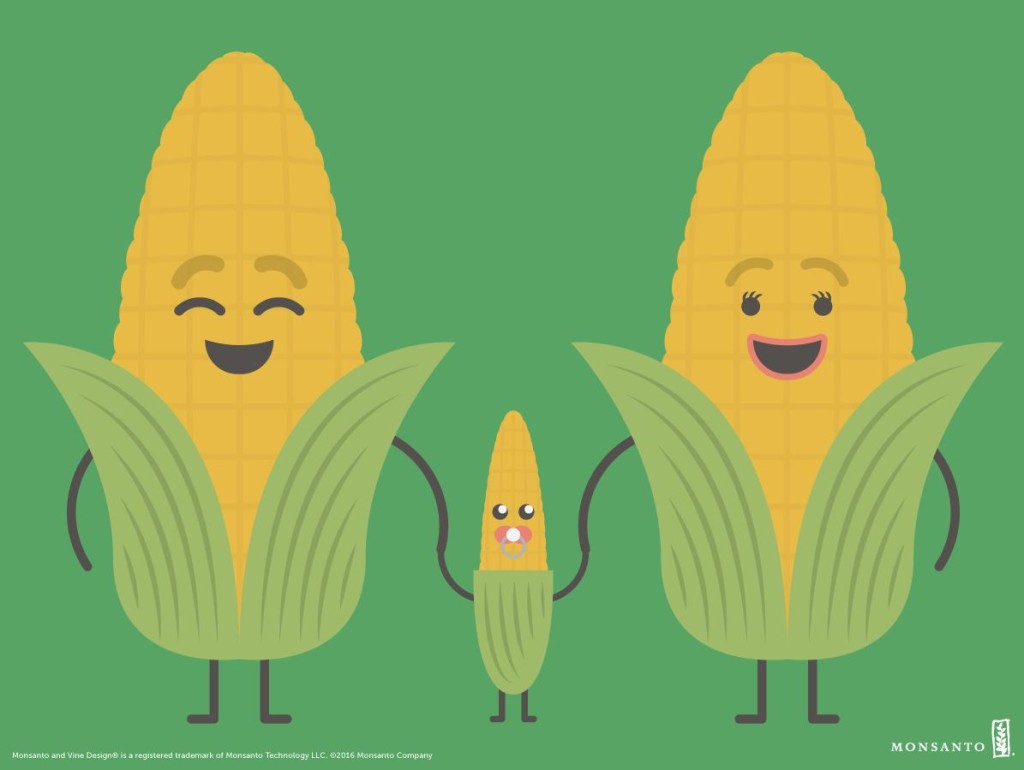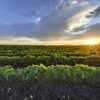Stories | April 25, 2017 | Read Time: 2 minutes
Plants Have Parents Too


Like human multiplication, plants have parents from which they came. Plant breeders often play matchmaker by bringing together two parent plants that are well-suited for each other so they can produce offspring that exhibit the best characteristics of each parent plant. The resulting offspring are called hybrids or varieties, depending on the crop.
At Monsanto, our plant breeders play matchmaker every day to all types of crops such as corn, soybeans, peppers, and cotton. Plant breeding is the basic foundation upon which the research and development pipeline at Monsanto is based.
For corn, the process is a year-long commitment by men and women who are looking to breed new corn plants that have improved agronomic traits, drought tolerance, tolerance to disease and other beneficial traits—all of which can lead to better harvests.
“It’s a fun and rewarding and yet challenging process,” said Dr. Michael Kovach, a corn breeder at Monsanto. “Our breeding teams are trying to look several years into the future to help farmers better withstand nature’s challenges.”
Just as farmers have done for thousands of years, Kovach says plant breeders cross corn plants with characteristics they want to bring together, and sort through hundreds of thousands of genetic entities looking for the best combination of traits in a corn plant for the farmer. But unlike our ancestors, today’s plant breeders have an array of modern tools to speed up the selection process and allow plant breeders to make selections based on genetics, in addition to physical characteristics.
Related: Meet the ancestors of modern produce
Technologies such as seed chipping and whole genome sequencing are enabling plant breeders to look closely at the DNA of each plant and predict performance before the seed even gets planted in the ground.
These step-change innovations have helped to accelerate the rate at which plant breeders identify improved varieties—meaning farmers have access to better seeds that help them have better harvests while using water and other important resources more efficiently.










